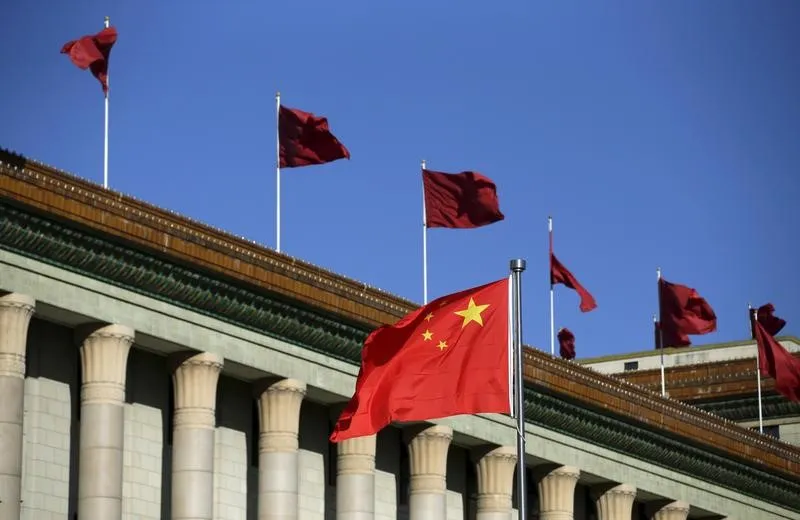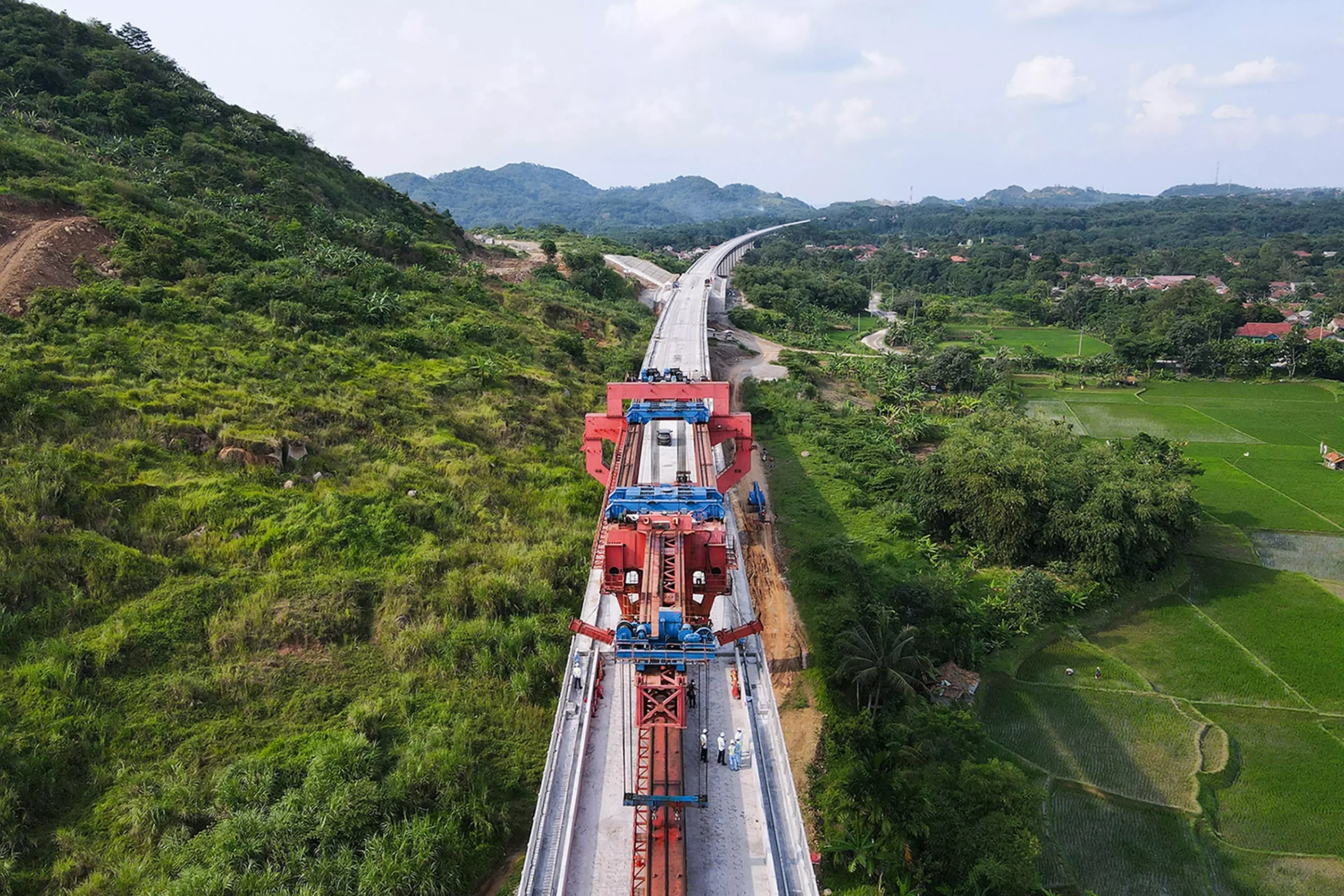The Asia-Pacific region covers a vast area with numerous countries and 60 percent of the world’s population. Its economic and trade volumes take up nearly 60 percent and half of the world’s total, respectively. It has an important strategic position in the world. In recent years, the development of the Asia-Pacific region has increasingly caught people’s attention. It has become the most dynamic region with the strongest potential in the world. All parties are attaching greater importance to and investing more in this region. With the profound adjustment of the pattern of international relations, the regional situation of the Asia-Pacific area is also undergoing profound changes.
China is committed to promoting peace and stability in this region. It follows the path of peaceful development and the mutually beneficial strategy of opening-up, and pursues friendly cooperation with all countries on the basis of the Five Principles of Peaceful Coexistence. It has participated in regional cooperation in an all-round way and taken active steps in response to both traditional and non-traditional security challenges, contributing to lasting peace and common prosperity in the Asia-Pacific region.
Currently, the situation in the Asia-Pacific region is stable on the whole, with a strong momentum for peace and development. The Asia-Pacific region is a stable part of the global landscape. To promote peace and seek stability and development is the strategic goal and common aspiration of most countries in the region. Political mutual trust among countries has been strengthened, and major countries have frequently interacted and cooperated with one another. To address differences and disputes through negotiation and consultation is the major policy of countries in the region.
Regional hotspot issues and disputes are basically under control. The region has secured steady and relatively fast growth, continuing to lead the world in this respect. Regional integration has gathered pace, with booming sub-regional cooperation. Free trade arrangements in various forms have made steady progress, and a new phase has emerged for dynamic connectivity building. However, the Asia-Pacific region still faces multiple destabilizing and uncertain factors.
The nuclear issue on the Korean Peninsula is complex and sensitive; the reconciliation process in Afghanistan remains slow; and disputes over territorial sovereignty and maritime rights and interests continue to unfold. Some countries are increasing their military deployment in the region, certain country seeks to shake off military constraints, and some countries are undergoing complex political and social transformations. Non-traditional security threats such as terrorism, natural disasters and transnational crimes have become more prominent. Asia’s economy still faces significant downward pressure as a result of its structural problems as well as external economic and financial risks.
As an important member of the Asia-Pacific family, China is fully aware that its peaceful development is closely linked with the future of the region. China has all along taken the advancement of regional prosperity and stability as its own responsibility. China is ready to pursue security through dialogue and cooperation in the spirit of working together for mutually beneficial results, and safeguard peace and stability jointly with other countries in the region.

















